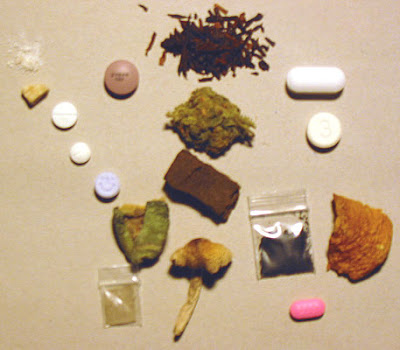BACKGROUND:
Novel
psychoactive substances (NPS) are emerging at an unprecedented rate. Likewise,
prevalence of use and poisonings has increased in recent years.
OBJECTIVE:
To
compare characteristics of NPS exposures and non-NPS-drug-related exposures and
to examine whether there are differences between exposures involving synthetic
cannabinoid receptor agonists (SCRAs) and other NPS.
METHODS:
Poison
control center data from the five counties of New York City and Long Island
were examined from 2011-2014. We examined prevalence and characteristics of NPS
exposures (classified as intentional abuse) and compared characteristics of
cases involving SCRAs and other NPS.
RESULTS:
Prevalence
of NPS exposures was 7.1% in 2011, rising to 12.6% in 2014. Most exposures
(82.3%) involved SCRA use. The second and third most prevalent classes were
phenethylamines/synthetic cathinones ("bath salts"; 10.2%) and
psychedelic phenethylamines (4.3%). Compared to other drug-related exposures
(i.e. involving licit and illicit drugs), those who used NPS were more likely
to be younger, male, and to have not co-used other drugs (ps < 0.001). SCRA
exposures increased sharply in 2014 and the mean age of users increased over
time (p < 0.01). Females exposed to SCRAs were younger than males (p <
0.001), and in 2014, individuals exposed to SCRAs were more likely to report
concomitant use of alcohol than users of other NPS (p = 0.010). Users of other
NPS were more likely than SCRA users to report concomitant use of ecstasy/3,4-methylenedioxymethamphetamine
(MDMA)/"Molly" (p < 0.001).
CONCLUSION:
Exposures
reported to the poison center that involve NPS are increasing and the majority
involve SCRAs. These findings should inform prevention and harm reduction
approaches.
1a Department of Population Health , New York
University Langone Medical Center , New York , NY , USA.
2b Division of Medical Toxicology , New York University
School of Medicine , New York , NY , USA.
3c New York City Poison Control Center , New York , NY
, USA.



No comments:
Post a Comment